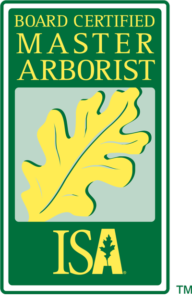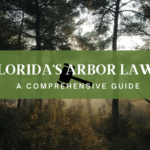Florida’s Soil: Its Profile and Impact on Trees
Florida’s Soil: Its Profile and Impact on Trees
Florida, known for its stunning beaches and diverse ecosystems, also harbors a myriad of soil types. This rich soil diversity, ranging from sandy loam to clayey substrates, plays a pivotal role in dictating the health and vitality of trees in the Sunshine State. By understanding the intricacies of Florida’s soil profiles and their impact on tree growth, one can make informed decisions for their green investments.
Different Soil Profiles in Florida
- Myakka Fine Sand: Predominantly found in the central parts of Florida, this well-draining soil is ideal for drought-resistant trees like the Southern live oak and Florida slash pine.
- Pompano Sand: Common in the southeastern region, this soil has a good drainage profile, making it a favorite for the Sabal palm and Bald cypress.
- Smyrna Sand: Occupying the northeastern regions, its slight acidic nature is perfect for trees like the Longleaf pine and Flowering dogwood.
- Adamsville Fine Sand: Primarily located in the northern parts, this soil supports the growth of Loblolly pine and Sweetgum trees.
How Soil Impacts Tree Growth
- Nutrient Availability: Florida’s soil, especially in lowland areas, is rich in organic matter, providing essential nutrients for trees. However, certain soils might need supplements for optimum tree growth.
- Drainage and Moisture Retention: While some trees prefer well-draining soils, others might require moisture-retentive substrates. For instance, while Cabbage palms thrive in well-draining Pompano sand, River birch requires moist conditions.
- pH Levels: Soil pH determines nutrient availability. While some trees prefer slightly acidic conditions, others flourish in neutral or alkaline soils.
Choosing the Right Trees for Florida’s Soil
To ensure that the trees planted thrive and add beauty to the landscape:
- Consult with a Local Arborist: They can provide insights into the specific soil profile of an area and recommend suitable tree species.
- Soil Testing: Periodic soil tests can provide valuable information about nutrient levels and pH, helping in making informed decisions about fertilization and tree selection.
- Amend the Soil: If the soil is too sandy or clayey, consider amending it with organic matter to improve its structure and nutrient content.
In conclusion, Florida’s varied soil profiles play a vital role in tree health and growth. Understanding these nuances can go a long way in ensuring that your trees flourish, adding value and beauty to the landscape. Whether you’re a homeowner looking to beautify your yard or a commercial developer aiming for an eco-friendly approach, knowing your soil can make a world of difference.


